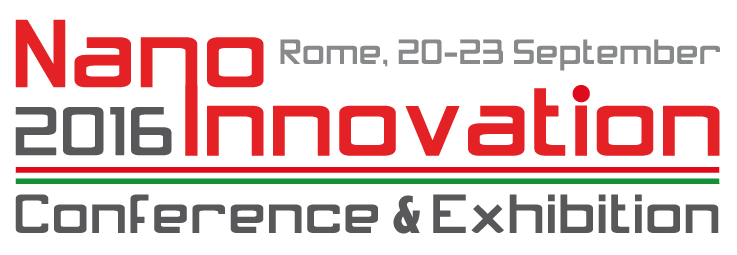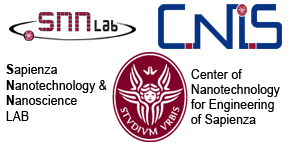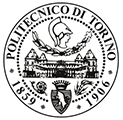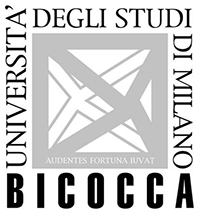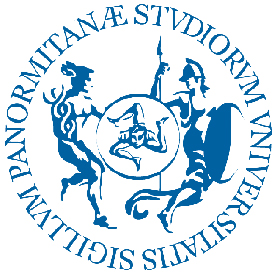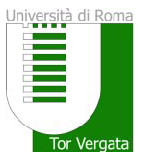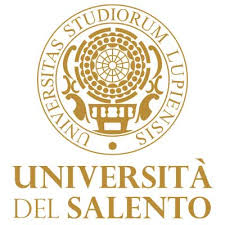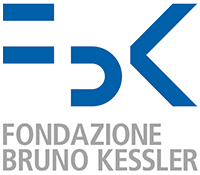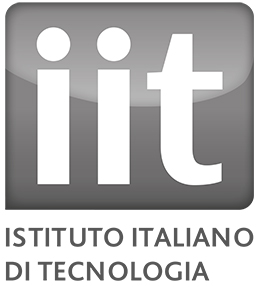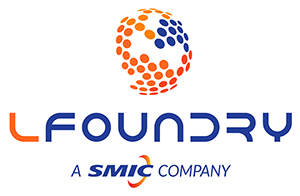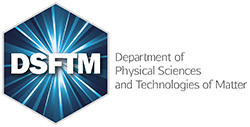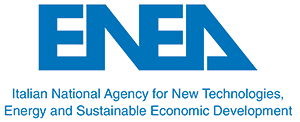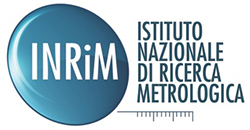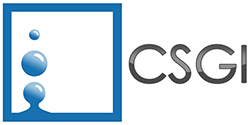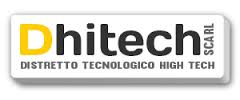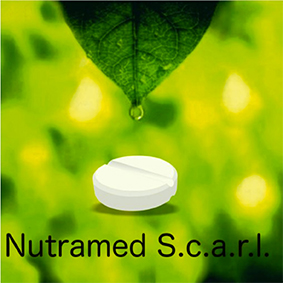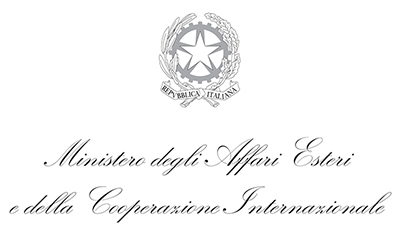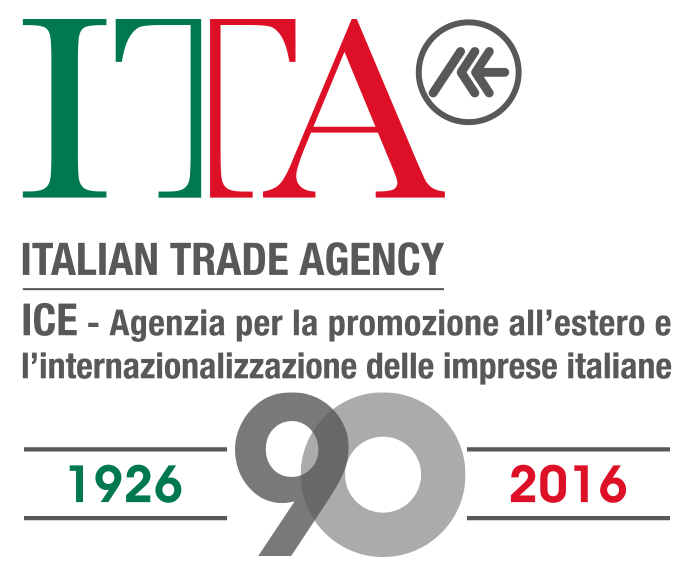TS.VIII.E.2
A new approach for the DLP-3D printing of functional materials
Ignazio ROPPOLO, Politecnico di Torino - IIT@PoliTO
In recent years, three-dimensional (3D) printing technology has rapidly grown, showing great potentialities that make it suitable for a variety of application fields: from biomedicine (1,2) to electronics (3,4) and even further (5,6).
The development of new and advanced materials suitable for the different existing techniques plays a fundamental role in this new industrial revolution. The research here presented is placed in this frame and it is focused on materials for printing technologies based on solidification upon exposure to a light source, and, in particular, for digital light processing (DLP).
With such a technique, it is possible to tailor the final properties of the printed object by simply changing or charging the reactive liquid formulations: a large variety of systems can be conceived for the production of structures with advanced properties and functions.
The addition of nano fillers to the formulations could surely help in reaching the desired functionalities but, at the same time, it could strongly modify the printing process introducing new issues: increased solution viscosity, limited light penetration depth, nanoparticles dispersion and stability. Considering these drawbacks, the in situ generation of nanoparticles after the printing step could be an alternative and better solution.
Envisaging a bottom-up approach, liquid or soluble precursors of the desired nanoparticles can be added to the light-sensitive mixture in order to obtain the required functionality directly into the printed piece through post processing step.
In this perspective, silver nitrate was added to a reactive mixture in order induce the in situ generation of silver nanoparticles during the UV-post processing of the printed part. (7) This approach enables the formation of extremely precise polymer-silver structures, with promising electrical properties and could become a competitive alternative for the production of composites 3D structures in the electronics market.
Following the same strategy silica nanodomains can be directly generated in a photocured 3D structured matrix dispersing metal alkoxide precursor in the initial formulation and submitting the printed part to a sol-gel post-process in acidic vapors. (8) This procedure allows to generate a reinforcing phase in a polymeric medium without meeting the above-mentioned drawbacks since all the precursor are processed in liquid form. The resulting hybrid can have a huge potential for applications in a variety of advanced technologies,
Several other precursors may be added to the photocurable formulation to achieve the required properties: this study opens the possibility of developing functional objects with complex geometries through a simple but very precise process.
Back to TS.VIII.E
